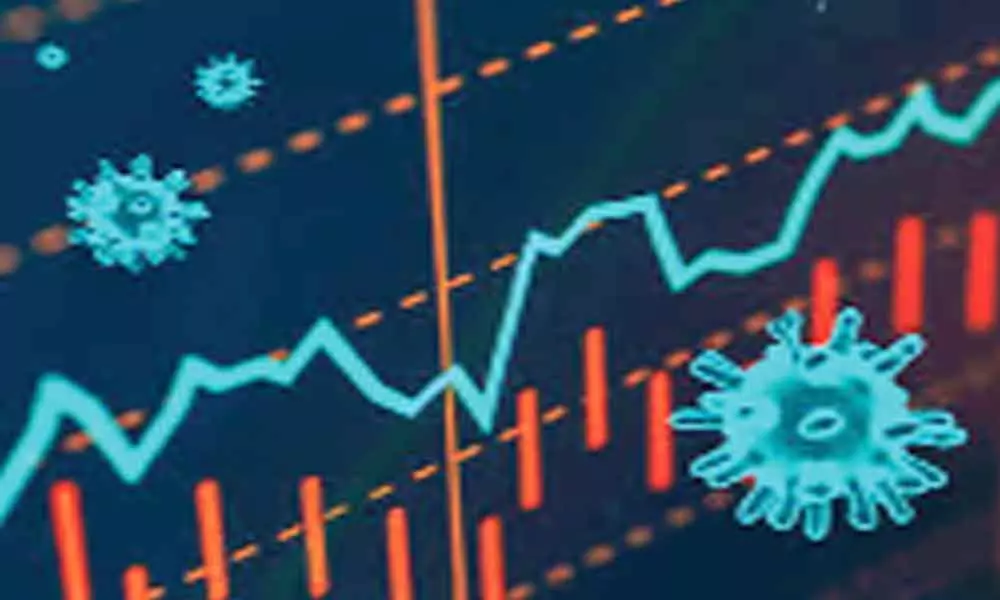It's high time for diversification, asset allocation
It’s high time for diversification, asset allocation

The coronavirus has altered the way we live, do business and invest. This single event has transformed our lives like never in our lifestyles, our travel, our mobility and our perspective towards hygiene and health. In trying to arrest the economic fallout of the remedy to spread the virus i.e. the voluntary lockdown by various countries has brought the economies to standstill. And post the opening up and removed restrictions gotten us to adjust to move around the impending risk, but couldn't bring us back to where we were and how we were.
Major part of the efforts, first to arrest the decline and then revive the economy has been through monetary stimulus though fiscal stimulus has been key to control the former. The western or developed world has cut the interest rates to zero or near zero, while rest of the world has reduced their rates to never witnessed or unprecedented lower levels. Even in India, the current interest rates are at all-time bottoms.
Earlier while investing, investors were clear or better equipped than now to assess the risk. let me explain, the risk-free return which is generally considered as the rate of return of bank interest (general parlance, though technically the govt. bonds or GSecs) have hit the bottom and this is very low to that of the requirement (of the individual savers). Moreover, in a conventional contraction (of economy) the rates are gradually reduced and the expectations are set accordingly.
The reset of the asset prices, however, has been uneven since then and the resultant appreciation in the riskier assets along with safe heaven (gold) was witnessed by all of us. The repricing of assets has caught most off-guard or unexpected as it was difficult to arrive at the renewed valuations. Many investors rushed to park their money in equity with various narratives ranging from subsiding virus spread to phased reopening to improving macro indicators to weakened virus to vaccines.
The liquidity in the system ensured that the narrative stayed skewed in favor of riskier assets as investors tried to recoup the lost returns or opportunities in the fixed income or debt space. Even before the pandemic, the domestic economy was struggling and this has only exacerbated the situation.
The interest rates are at the lowest in almost two decades for us and we mayn't see a huge uptick in the immediate future. The tolerance of inflation by the central bank (across the world) has remained high and so RBI has continued to maintain status quo. Investors in fixed-income assets suddenly realized the risk of defaults, hence there was a huge outflow from the debt schemes and the risk averseness has gyrated many to allocate to gilts.
True, Gilts have no credit risk or almost nil default risk, but they do carry a huge interest rate risk. Those who now eye allocations to Gilts were looking at the past performance where the interest rate cuts have enabled for better returns.
Instead of chasing for such returns, investors are better-off revisiting their assumptions. At all times, whether the markets are bullish or bearish; if the interest rates are high or lower; one critical factor that needs to be considered at all times is the risk one is willing take.
In simple words, risk could be defined as how much portion of their capital one is willing to lose to make the additional gain over the risk-free return. If one is clear with this, approach to investing becomes simpler. That's why the need for diversification and asset allocation form the key in achieving it.
(The author is a co-founder of "Wealocity", a wealth management firm and could be reached at knk@wealocity.com)


